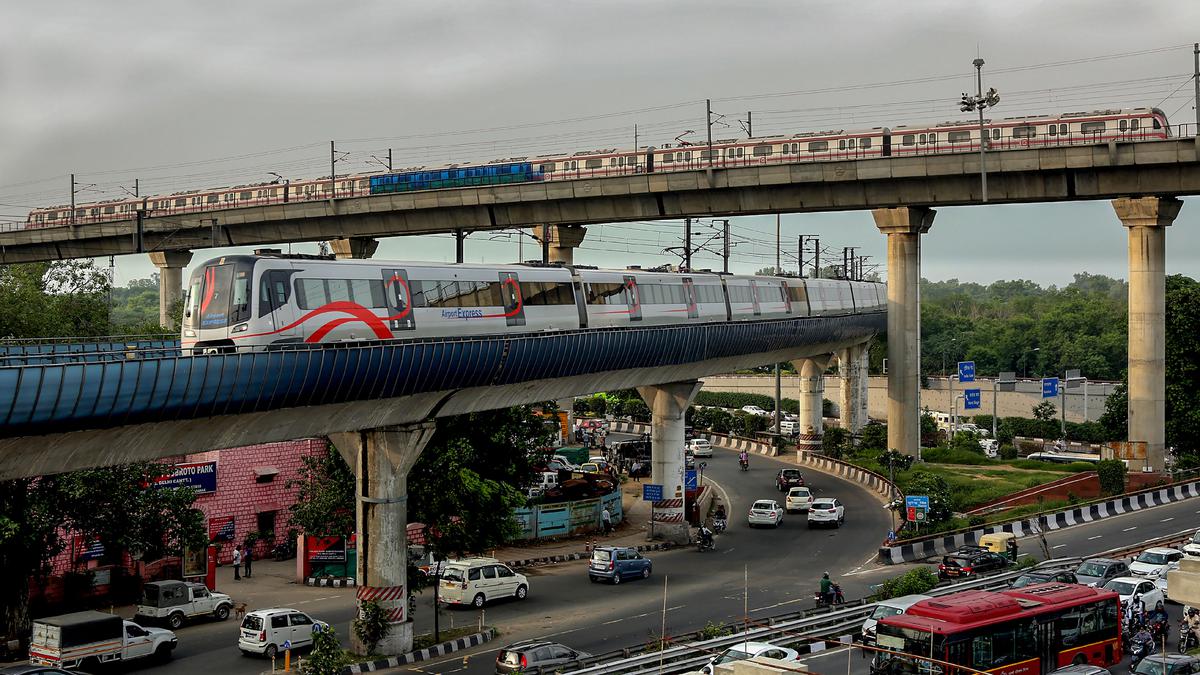
SC refuses to halt work on phase-IV of Delhi Metro
The Hindu
The Supreme Court on Monday refused to halt construction work on phase-IV of Delhi Metro, saying any interference would result in huge escalation of costs.
The Supreme Court on Monday refused to halt construction work on phase-IV of Delhi Metro, saying any interference would result in huge escalation of costs.
The phase-IV of Delhi Metro will consist of six corridors -- Aerocity to Tughlakabad, Inderlok to Indraprastha, Lajpat Nagar to Saket G Block, Mukundpur to Maujpur, Janakpuri West to R K Ashram, and Rithala to Bawana and Narela.
A bench comprising Justices B.R. Gavai and Vikram Nath noted that there was provision for planting of uprooted trees.
The top court said that no doubt that concern for the environment is an important aspect, however developmental works like Metro railway, which will cater to billions of people and reduce carbon emissions as the number of vehicles on road will be reduced, cannot be ignored.
Also Read: NH 48 construction: Delhi Metro increases frequency on Yellow Line, adds 2 trains
The Apex Court asked Delhi Metro to be careful in future while planning further phases.
The direction came on a plea against the Metro construction work.













